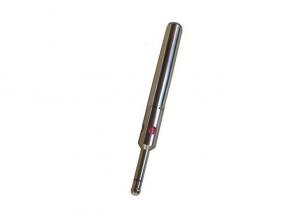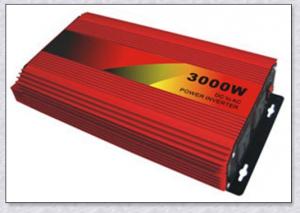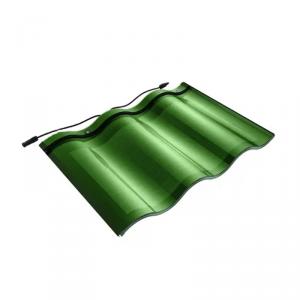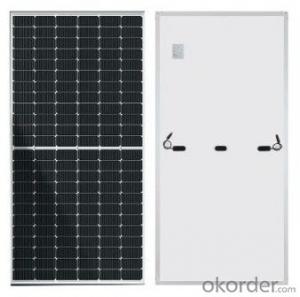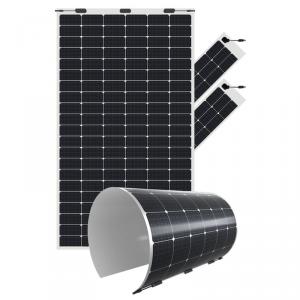Inverter Solar Edge
Inverter Solar Edge Related Searches
Solar Edge Inverter Solar Edge Solar Inverter Solar Edge Hybrid Inverter Solar Edge Micro Inverter Buy Solar Edge Inverter Solar Edge Energy Hub Inverter Solar Edge Inverter Specs Solar Edge Inverter Uk Solaredge Solar Inverter Solar Edge Inverter For Sale Solar Edge Inverter Spec Sheet Solar Edge Inverter Wifi Solar Edge Hd Wave Inverter Solar Edge Inverter Efficiency Solar Edge Inverter Price Solar Edge Inverter Lights Solar Edge Inverter App Solar Edge Inverter Cost Solar Edge 3 Phase Inverter Solar Edge Inverter Models Solar Edge Inverter Led Lights Solar Electric Inverter Solar Edge Inverter 10kw Solar Energy Inverter Solar Edge 6kw Inverter 10kw Solar Edge Inverter Cost Of Solar Edge Inverter Inverter Solar Solar Solar Inverter Solar Edge Inverter ResetInverter Solar Edge Supplier & Manufacturer from China
Inverter Solar Edge is a comprehensive product line that includes solar inverters, power optimizers, and monitoring solutions designed to maximize solar energy production. These products are engineered to work seamlessly together, ensuring optimal performance and efficiency in various solar energy systems. The Inverter Solar Edge products are widely used in residential, commercial, and utility-scale solar installations, making them suitable for a diverse range of applications. They are particularly beneficial in scenarios where shading, soiling, or module mismatch can impact the overall energy yield, as the technology can mitigate these issues and boost the system's output.Okorder.com is a reputable wholesale supplier that offers a vast inventory of Inverter Solar Edge products. As a leading distributor in the solar energy industry, Okorder.com is committed to providing high-quality products at competitive prices. Their extensive selection of Inverter Solar Edge products ensures that customers can find the right components for their specific solar energy needs, whether they are looking to install a new system or upgrade an existing one. With a focus on customer satisfaction and a dedication to delivering exceptional service, Okorder.com has become a trusted source for Inverter Solar Edge products and other solar energy solutions.
Hot Products


